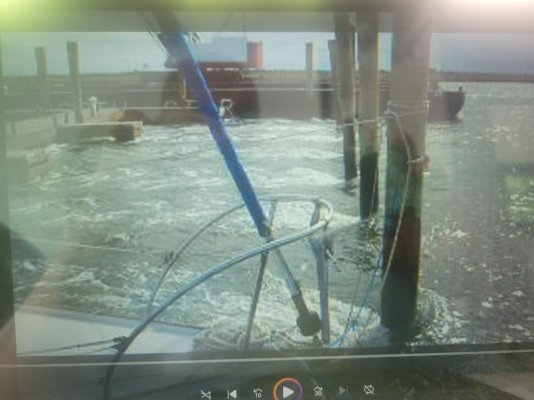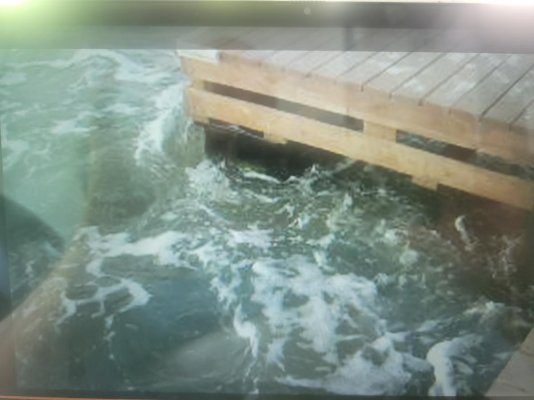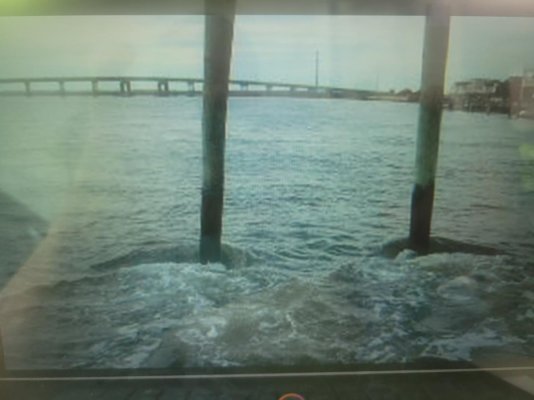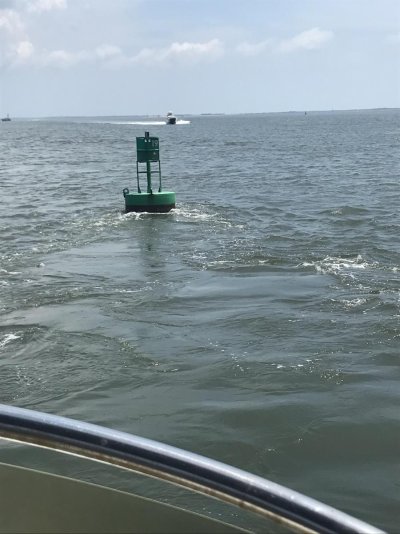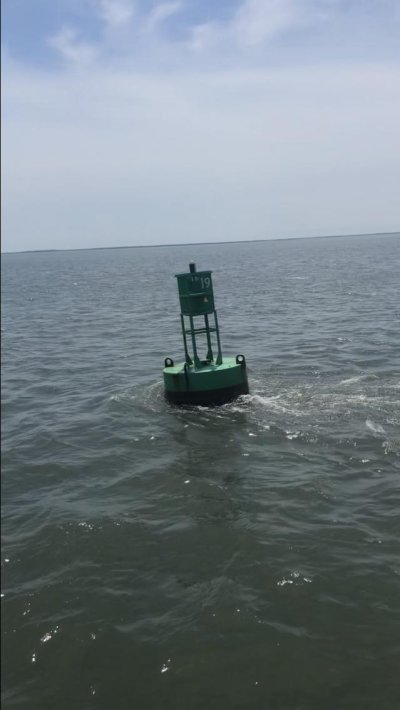psneeld
Guru
I see in many threads and hear horror stories on the docks about marinas with 5 knots or more ripping through them.
My old home marina that I also operated an assistance towboat out of...and did many dockings with tow and rescued many others who crashed.... had about the worst daily current max that I ever saw between NJ and the Keys on the ACIW. The average max including the worst for the month was 2.5-3 knots.... only worse during hurricane or Nor'easter flooding.
I know places in the far New England, Pacific Northwest and am familiar with the Anchorage/Kodiak area of Alaska with 20+ foot tides have some pretty severe currents.
Just for reference and I apologize for not being able to post or link the videos that show many of the pilings wagging back and forth...but the wake around the pilings and docks are evident and the local ICW buoys are pulled 1/3 to 1/2 underwater'
Here are a few stills.... remember this is around 3 knots of tidal current (something almost nobody tried to dock in)
My old home marina that I also operated an assistance towboat out of...and did many dockings with tow and rescued many others who crashed.... had about the worst daily current max that I ever saw between NJ and the Keys on the ACIW. The average max including the worst for the month was 2.5-3 knots.... only worse during hurricane or Nor'easter flooding.
I know places in the far New England, Pacific Northwest and am familiar with the Anchorage/Kodiak area of Alaska with 20+ foot tides have some pretty severe currents.
Just for reference and I apologize for not being able to post or link the videos that show many of the pilings wagging back and forth...but the wake around the pilings and docks are evident and the local ICW buoys are pulled 1/3 to 1/2 underwater'
Here are a few stills.... remember this is around 3 knots of tidal current (something almost nobody tried to dock in)

